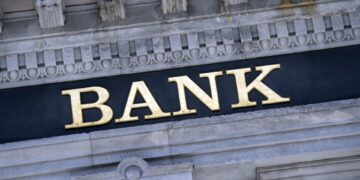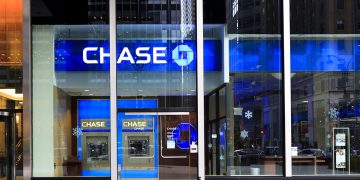In its Financial Stability Report (FSR) of January, the Reserve Bank of India (RBI) had said that by September, the bad loans of banks, under a baseline scenario, could shoot up to 13.5% of their total loans. In September 2020, the bad loans rate of banks had stood at 7.5%. Bad loans, or non-performing assets (NPA), are loans that haven’t been repaid for a period of 90 days or more.
If the economic scenario were to worsen into severe stress, the bad loans could shoot up to 14.8% of the loans. For public sector banks, the rate could go up to 16.2% under a baseline scenario, and 17.8% in a severe stress one.
What this meant was that the RBI expected the overall bad loans of banks to shoot up massively in the post-Covid world, even more or less doubling from 7.5% to 14.8%.
A reading of past RBI forecasts suggests that in an environment where bad loans are going up, they typically end up at levels that are higher than the severe stress level predicted by the RBI.
Given all this, there is enough reason to worry on the banking front. But as things are turning out, the dire predictions of the RBI are still not visible in the numbers. The quarterly results of a bunch of banks for the period October to December 2020 have been declared and the banks look to be doing decently well.
In a research note, CARE Ratings points out that the bad loans rate of 30 banks, which form the bulk of the Indian banking system (including the 12 public sector banks, IDBI Bank and the big private banks), stood at 7.01% as of December 2020. The rate had stood at 8.72% as of December 2019 and 7.72% as of September 2020.
In fact, when it comes to public sector banks, the bad loans rate has improved from 11.22% in December 2019 to 9.01% in December 2020 (this calculation includes IDBI Bank as well, which is now majorly owned by LIC, not the Union government, and hence is categorised as a private bank).
When it comes to private banks (a sample of 17 banks), the bad loans rate has improved from 4.87% in December 2019 to 3.49% in December 2020.
On the whole, these 30 banks had bad loans amounting to Rs 7.38 lakh crore on loans of Rs 105.37 lakh crore, leading to a bad loans rate of about 7%. Do remember, the RBI’s baseline forecast for September 2021 is 13.5%. Hence, things should have been getting worse on this front, but they seem to be getting better.
What’s happening here? The Supreme Court, in an interim order on September 3, 2020, had directed the banks that any loan account that hadn’t been declared as a bad loan as of August 31 shall not be declared as one, until further orders.
This has essentially led to banks not declaring bad loans as bad loans.
Nevertheless, the banks are declaring what they are calling proforma slippages, or loans which would have been declared as bad loans but for the Supreme Court’s interim order.
A look at the results of banks tells us that even these slippages aren’t big. The proforma slippages of State Bank of India between April and December 2020, stood at Rs 16,461 crore, which is small, given that the bank’s total advances stand at Rs 24.6 lakh crore; Punjab National Bank’s total proforma slippages were at Rs 12,919 crore in the same period. Similarly, when we look at other banks, the proforma slippages are present but they are not big numbers. An estimate made by the Mint newspaper suggests that India’s 10 biggest private banks have proforma slippages amounting to around Rs 42,000 crore.
The 30 banks in the CARE Ratings note had total bad loans of Rs 7.38 lakh crore, or a rate of 7.01%. If this has to reach anywhere near 13.5-14.8% as forecast by the RBI, the overall bad loans need to nearly double and touch around Rs 14 lakh crore.
The initial data doesn’t bear this out. As the RBI said in the FSR, “[With] the standstill on asset classification…the data on fresh loan impairments reported by banks may not be reflective of the true underlying state of banks’ portfolios.”
Hence, the situation will only become clear once the Supreme Court decision comes in and the banks need to mark bad loans as bad loans. While banks are declaring proforma slippages, it could very well be that the Supreme Court’s interim order, along with the restructuring schemes announced by the RBI and the fact that the Insolvency and Bankruptcy Code remains suspended, have led to a situation where they are under-declaring these numbers.
If that’s indeed the case, it will not be the first time that it has happened. Around a decade back, in 2011, Indian banks had started accumulating bad loans on the lending binge carried out by them between 2004 and 2010, but they didn’t declare these bad loans as bad loans immediately. Only after an RBI crackdown and an asset quality review ordered by former RBI Governor Raghuram Rajan in mid-2015 did the banks start declaring bad loans as bad loans. There is no reason to suggest that banks are behaving differently this time around.
But it is important that they don’t make the same mistake all over again. Hence, the RBI should carry out an asset quality review of banks (and non-banking finance companies) and force them to come clean on their bad loans. A problem can be solved only once it has been identified, quantified and acknowledged.








